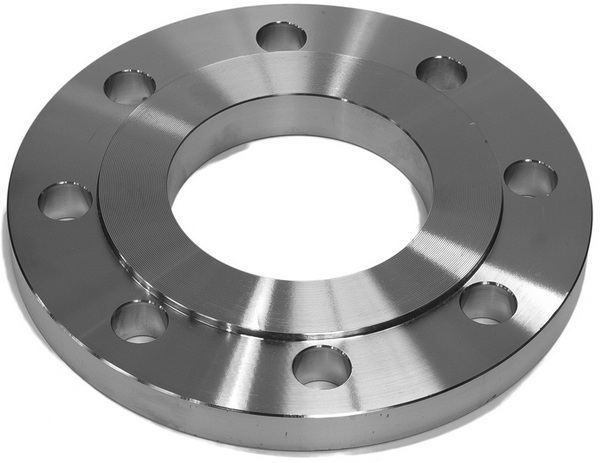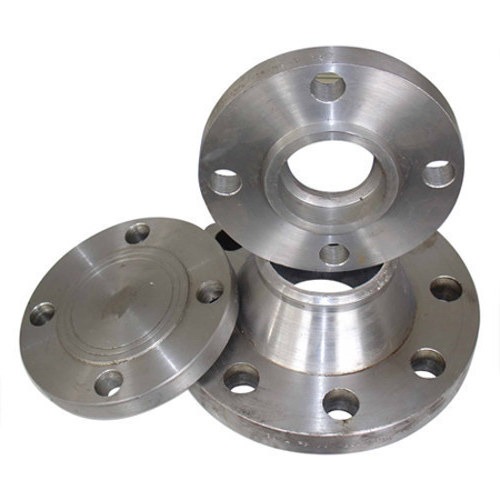Sunday, October 18, 2020
Saturday, August 8, 2020
Structural steel fabrication and construction
Welding Consumables for Welding Piping Systems
Welding requires consumbles such as electrodes, filler wires, argon etc. These consumables should have approval of the client. Following points must be adhered to while welding of piping systems in a process plant.
- The welding electrodes and filler wires shall conform to the class specified in the Welding Specification Chart.
- The materials shall be of the make approved by the Engineer-in-Charge.
- Electrode qualification test records should be submitted as provided by client in respect of the electrodes tested by the Contractor, for obtaining the approval of the Engineer in-Charge.
- The Welding contractor shall submit batch test certificates, from the electrode manufacturers, giving details of physical and chemical tests carried out by the manufacturer, for each batch of electrodes to be used.
- All electrodes shall be purchased in sealed containers and stored properly to prevent deterioration.
- The electrodes removed from the containers shall be kept in holding ovens at temperatures recommended by the electrode manufacturer.
- “Out of the oven time” or electrodes, before they are consumed, shall not exceed the limits recommended by the electrode manufacturer.
- The electrodes shall be handled with care to avoid any damage to the flux covering.
- All low hydrogen type of electrodes shall be rebaked at 350°C for 1 hour minimum and stored in ovens kept at 80-100°C before use. Recommendations of the electrode manufacturer shall be followed, if available.
- The electrodes, filler wires and flux used shall be free from rust, oil, grease, earth and other foreign matter which affect the quality of welding.
- Tungsten electrodes used shall conform to ASME Sec.II C SFA 5.12 specification.
- Thoriated Tungsten electrodes shall not be permitted due to possible radiation hazard. Instead, ceriated Tungsten Electrodes (EWCe-2 or equivalent) shall be used for GTA Welding.
Friday, August 7, 2020
TYPES OF FLANGE
1. FLAT FACE FLANGE
एसा फ्लांज कि जिस्मे एक उठा हुआ फेस या रिंग प्रकार संयुक्त निकला हुआ किनारा जैसा रिंग नहीं होता है। उसे FLAT FACE FLANGE कह्ते है!फ्लाट सतह गैस्केट के लिए पूरे सतह के साथ पूर्ण संपर्क करने की अनुमति देती है। ... आमतौर पर गैस्केट को ईपीडीएम या विटॉन जैसी गैर-धातु सामग्री से बनाया जाता है।
2.WELDING NECK FLANGE

3.SLIP ON FLANGE

4.RAISED FACE FLANGE

5. SOCKET WELDING FLANGE

6.BLIND FLANGE:
Thursday, August 6, 2020
What does a structural engineer do?
What does a structural engineer do?

Structures must be able to deal with the conditions in which they are built. A house in Canada must have a roof that can bear the weight of heavy snow and a stadium in California must be able to withstand earthquakes, for example. When building bridges, designers must take into account the conditions of terrain, wind, water and traffic volume. Structural engineers consider all of these factors and provide technical advice about the project.
"Structural engineers battle gravity, wind, snow and rain every day to provide the world with outstanding structures," Kate Leighton, a structural engineer, said in "Careers in Structural Engineering, a publication of the Institution of Structural Engineers. "They are experts at solving problems, meeting challenges and providing creative solutions."
Structural engineers "design roof framing (beams, rafters, joists, trusses), floor framing (floor decks, joists, beams, trusses, girders), arches, columns, braces, frames, foundations and walls," according to the National Council of Structural Engineers Association. "In bridges, they design the deck — or riding surface, girders or stringers, and piers. The materials they use include steel, concrete, wood, masonry, and aluminum. Engineers design the structure to resist forces from gravity, earthquakes, high winds, water, soil, collisions and blast explosions."
A structural engineer's job includes:
● Analyzing blueprints, maps, reports, and topographical and geological data;
● Estimating the cost and quantities of materials, equipment and labor;
● Computing load and grade requirements, water flow rates and material stress factors to determine design specifications;
● Inspecting project sites to monitor progress and ensure the project is being constructed according to design specifications;
● Conducting studies of traffic patterns or environmental conditions to identify potential problems and assess how they will affect the project.
Critical skills that a person needs in structural engineering include an in-depth understanding of physics and mathematics. A structural engineer must also know the properties of various materials, such as their density, hardness, tensile strength, bulk modulus and bending strength. They need to be able to calculate how different materials will perform under stresses such as compression, tension, bending and twisting, as well as under various environmental conditions of temperature, pressure, corrosive gases and liquids, and even radiation. They also need to be able to predict how these materials will perform over an extended period of time.
Structural engineers rely increasingly on computer-aided design (CAD) systems, so proficiency with computers is essential. In addition to speeding up the drafting process, CAD systems allow for quick and easy modifications of designs and three-dimensional (3D) visualization of finished parts and assemblies.










